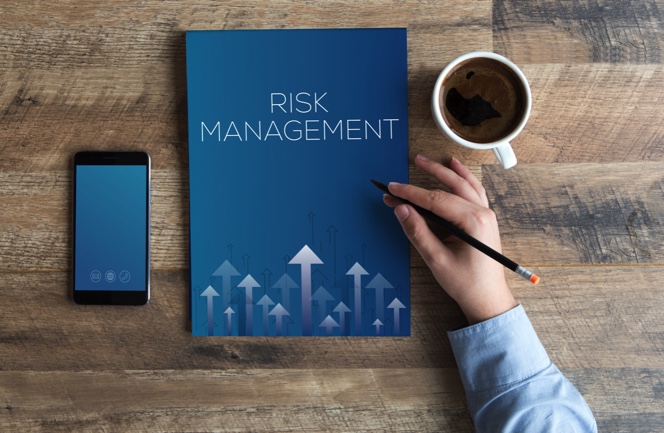Events should always be positive experiences. As event planners, we work really hard to make sure this is true. But we live in an imperfect world and imperfect things happen. Venues burn down unexpectedly, weather hampers an outside event, internal theft negatively affects your bottom line, a scandal involving a keynote speaker hurts your event brand, or something even worse happens. The potential for risk when planning and hosting an event can be daunting but it should not be ignored. The consequences of ignorance can be huge. Risk management for events is a critical part of every event planner’s job.
Risk management starts with the identification of the potential risks that may affect your event. Gather a team of event stakeholders including operations, client services, vendor relations, finance, HR, and communications and mentally walk through your agenda from start to finish identifying any possible risks that may arise. Then, prioritize each risk in terms of probability of occurrence and the severity of consequences. Lastly, make a plan to avoid or at least mitigate each risk, depending on priority. We’ve provided a template for you to keep track of each step.

Let’s walk through each step in some detail.
Defining Potential Risks
The dictionary defines risk as “a situation involving exposure to danger”. At an event, danger can be defined in many different ways. It could be:
- Physical: This includes sanitation and safety at the venue or during transport, physical harm or violence to guests or employees, or medical emergencies.
- Reputational: This includes any occurrence such as negative publicity or scandal that threatens your event brand, your company brand, or your personal brand.
- Financial: This includes poor budgeting, lack of financial controls, failing to meet revenue goals, or any action that adversely affects your bottom line.
- Facilities: This includes property damage due to fire, flood, theft, vandalism or bad maintenance.
Some risks are more serious or more probable than others. Some will not apply to certain types of events. For these reasons, this first step is important. Take the time to list in the first column of your template as many potential risks as you can think of for your event. Don’t forget the things you can’t control. You may not be able to avoid them but you can plan for them.
Classify and Prioritize Potential Risks
The next two columns in the template will help you to prioritize your risk management goals. Classify each risk in terms of probability of occurrence and how detrimental the danger would be to your event.
Rate each probability and consequence as low, medium, or high. Be realistic in terms of probability. This is not the time to “hope for the best.” Also, try to think about the worst possible scenarios for each risk and rate each consequence on how much that worst possible scenario would hurt your event.
Once you have a solid list of potential risks and have classified them in terms of probability and consequence, assign each risk a priority. For example, if a risk has been classified as low probability and low consequence, assign that risk as a low priority. If a risk is a medium probability but a high consequence, make a judgement call as to if it is a medium or high priority. Work through the list with the team until you feel like you have a workable list of risks and priorities to address.
Risk Management Goals
To do the next step, it is helpful to identify your brand goals when it comes to risk management. These may seem obvious to planners but would be helpful for others in your group. These goals help to crystallize the best actions to take in a given danger situation. Goals may include:
- To operate legally and in compliance with agreements with local governments, venues, and vendors
- To do everything possible to reduce the cost of insurance, both in rates and claims, and to avoid jeopardizing eligibility for insurance coverage.
- To meet financial goals, including revenue, cost reduction, and ROI
- To avoid event cancellation whenever possible
- To always act ethically and in a socially responsible manner
- To reduce anxiety about risk with all stakeholders
- To maintain positive brand perception and awareness
With these goals in mind, work with your team to come up with a reasonable and logical plan for each risk. Your plan could be to avoid the risk altogether, it could be to mitigate the probability, or it could be to protect your company from any anticipated consequences should the worst happen. This is here it is important to have multiple perspectives, so that all angles are considered and everyone is on the same page in terms of decisions and planning. Working together can truly make all the difference in a successful event.
Risk management is one of your primary responsibilities as a successful event planner. As hard as it can be to think about what could go wrong during your event, it’s imperative that you do so. Ignore it at your own peril.







